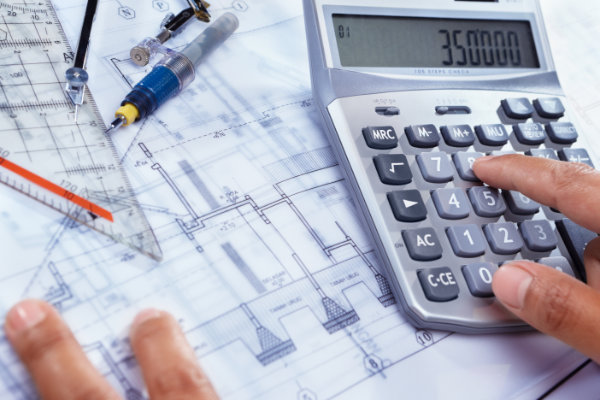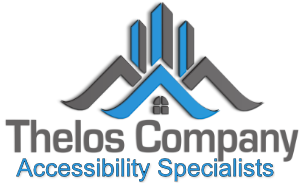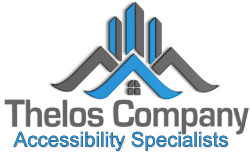
In most instances when there is an alteration, addition or structural repair to a facility there is an obligation to provide a Path of Travel. In almost every instance we hear “that was not in our scope of work” we didn’t touch that”. It does not matter. According to 11B-202.4 you are obligated to provide an Accessible Path of Travel to the specific area of work even if it’s not in your plans. The primary accessible path of travel shall include:
- A primary entrance to the building or facility
- Toilet or bathing facilities serving that area
- Drinking fountains serving that area
- Public telephones serving that area
- Signs
These areas are the primary elements but by no means the only elements. This code section is one of the greatest sources of unforeseen construction costs and one of the most complex. For example, there is an exception that gives you an allowance for one previous code edition but even that has limitations.
11B-202.4 exception #8 puts a limit on what you’re obligated to financially in terms of Path of Travel Improvements. The California Valuation Threshold for 2020 is $170,466.00 according to the DSA. So if your project does not exceed the California Valuation Threshold your obligation is no more than 20% of your “adjusted construction costs” as defined in 11B-202.4. This can be a complex problem in some instances, that’s why there is a provision for Unreasonable Hardship. If you qualify, an Unreasonable Hardship may save you a considerable amount of time and money.
Here is only a portion of the actual code section
When the adjusted construction cost, as defined, exceeds the current valuation threshold, as defined, and the enforcing agency determines the cost of compliance with Section 11B-202.4 is an unreasonable hardship, as defined, full compliance with Section 11B-202.4 shall not be required. compliance shall be provided by equivalent facilitation or to the greatest extent possible without creating an unreasonable hardship; but in no case shall the cost of compliance be less than 20 percent of the adjusted construction cost of alterations, structural repairs or additions.
If you believe you qualify for the Unreasonable Hardship exception you may first want to consult a CASp before submitting documentation to your jurisdiction. A CASp may be able help you curate options, see if equal facilitation components may serve your needs better.

